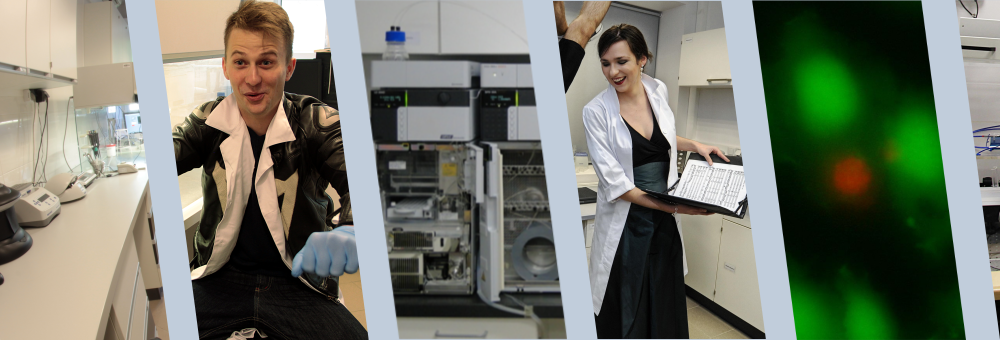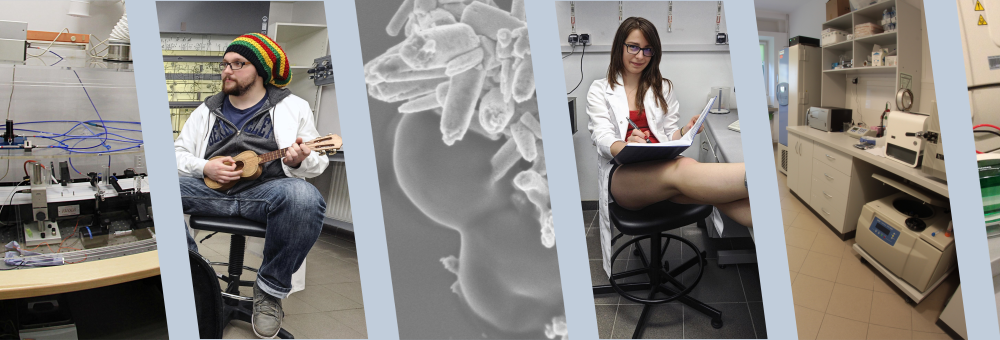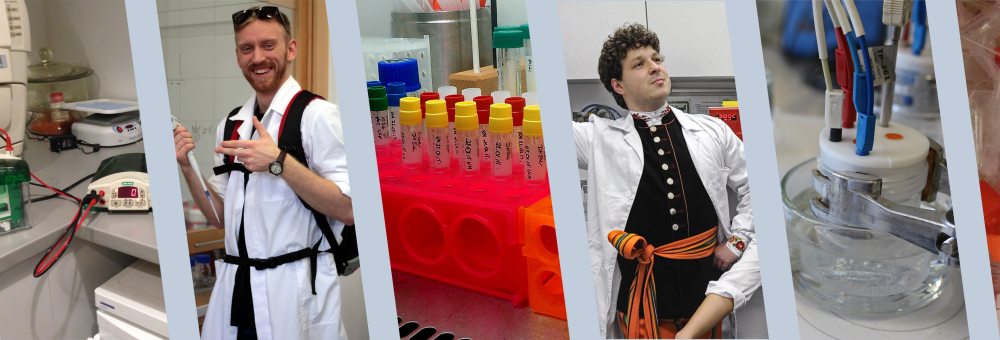Publication
Distribution of carbon nanotube sizes from adsorption measurements and computer simulation
Author(s): Kowalczyk, P and Holyst, R and Tanaka, H and Kaneko, K
Title: Distribution of carbon nanotube sizes from adsorption measurements and computer simulation
Abstract: The method for the evaluation of the distribution of carbon nanotube from the static adsorption measurements and computer simulation of at 77 K is developed. We obtain the condensation/evaporation as a function of pore size of a cylindrical carbon tube using Cell Monte Carlo Simulation (Gauge Cell MC). To obtain the form of the relationships mentioned above we use theory. Finally, the pore size distribution of the single-walled carbon nanohorns (SWNHs) is determined from a nitrogen adsorption isotherm measured at 77 K. We neglect the part of an isolated SWNH tube and assume a structureless wall of carbon nanotube. We find that the distribution of SWNH sizes is broad pore radii varied in the range 1.0-3.6 nm with the maximum at nm). Our method can be used for the determination of the pore size of the other tubular carbon materials, like, for example, or double-walled carbon nanotubes. Besides the applicable of the current work the deep insight into the problem of condensation/evaporation in confined carbon cylindrical is presented. As a result, the critical pore radius in single-walled carbon tubes is determined as being equal to nitrogen collision diameters. Below that size the isotherm is reversible (i.e., supercritical in We show that the classical static adsorption measurements with the proper modeling of the capillary phenomena is a powerful method that can be applied for the determination of the distribution of nanotube sizes.
Pages: 14659-14666
Journal: JOURNAL OF PHYSICAL CHEMISTRY B
Volume: 109
ID: ISI:000230896500062
Year: 2005
DOI: 10.1021/jp0520749









